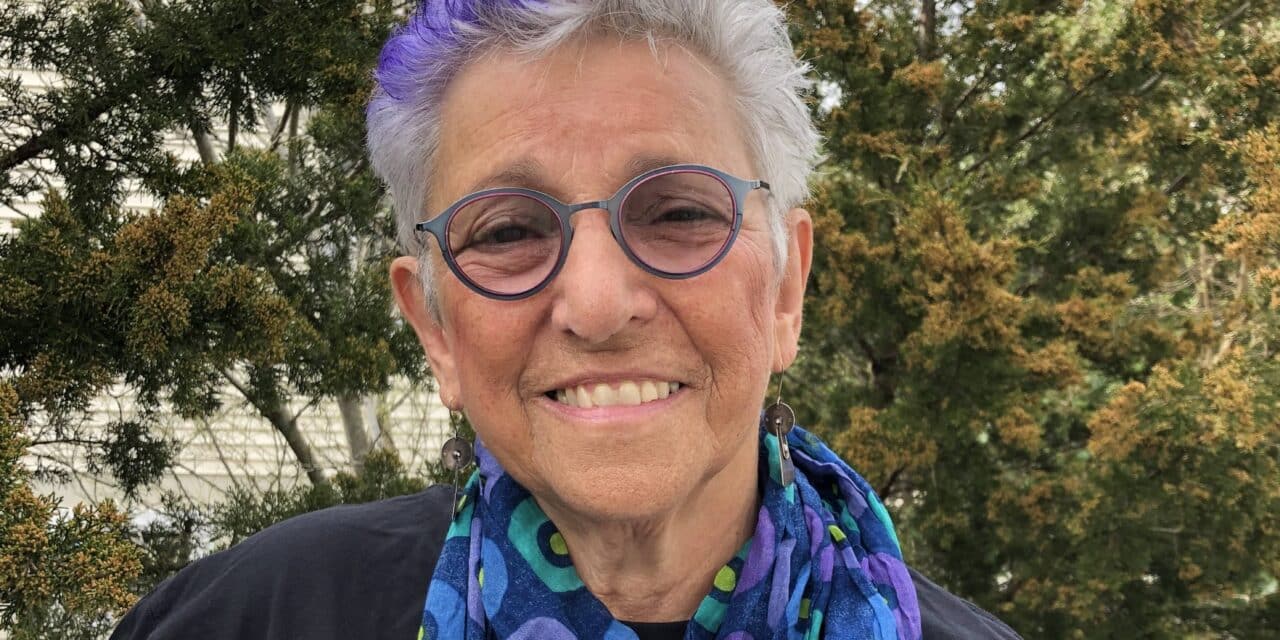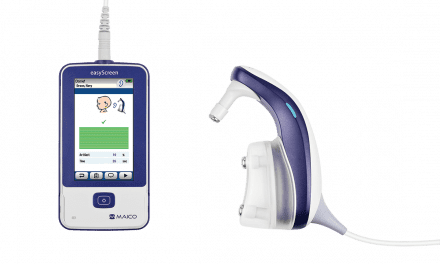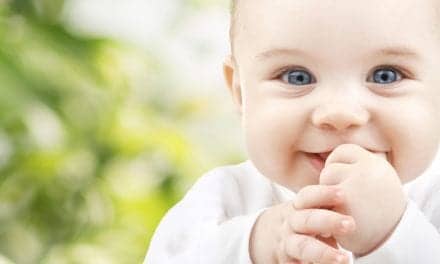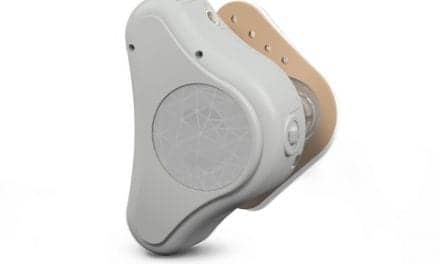Summary:
With a career spanning over six decades in pediatric audiology, Dr Jane Madell reflects on the evolution of technology and testing methods while emphasizing the enduring importance of early diagnosis, behavioral testing, and fitting appropriate devices to maximize listening and spoken language outcomes for children with hearing loss.
Key Takeaways:
- Early identification and timely fitting of technology are critical to reducing auditory deprivation and supporting speech and language development.
- Behavioral testing remains indispensable because it evaluates the entire auditory system and helps confirm and fine-tune technology effectiveness.
- With the right tools, therapy, and optimism, children with hearing loss can achieve limitless potential in communication and life opportunities.
Technology has greatly improved our ability to evaluate children’s hearing, but some methods stand the test of time.
By Jane R. Madell, PhD, CCC, A/SLP, Cert LSLS
I have been a pediatric audiologist for 60 years. In that time, the world of pediatric audiology has changed significantly. When I started out in this field, we didn’t have newborn hearing screening and so we didn’t see babies until they were between 18 months and 2 ½ years old when their parents recognized that they were not developing language. We did not have visual reinforcement toys. We tested young children using a flashlight that we waved in the test room window from a dark testers room as a reinforcer. No ABR, no ASSR. Behavioral testing was what we had and those of us who tested babies developed good skills.
Once a child with hearing loss was identified in a family, I asked families to bring in their other children. I started observing that babies under six months old responded to sound with changes in sucking. I asked parents to bring their baby hungry, and I tested while they nursed or were bottle fed. It gave me enough information to know what the baby heard and also how the baby heard with technology. I tested every baby I could find using behavioral observation testing (BOA) and asked the families to bring them back when they got older and I was able to compare BOA to VRA and then to CPA. I was able to confirm that BOA was a reliable test, and I still continue to use it and find it useful to this day.
Now, we have newborn hearing screening, and we can identify hearing loss in babies at birth or in the first few weeks. This means we can fit hearing technology within the first few weeks, reducing the amount of auditory deprivation a child experiences. The better a child hears, the better chance a child has of successfully using listening and spoken language.
Managing Infants
If an infant is referred after newborn hearing screening, it is CRITICAL that the baby see a pediatric audiologist very quickly to confirm hearing loss and fit technology. (One of the big problems reported today is the long wait for appointments). Babies are tested using ABR, OAEs, and tympanometry. Initial ABR testing may use a click stimulus, but the information obtained using a click is not enough to determine hearing throughout the frequency range, which is essential for fitting technology well. Tonal thresholds need to be obtained for each ear. Once the audiologist has tonal thresholds they can fit technology.
How will we know how the baby is hearing with technology? Is the baby hearing at a sufficiently soft level to develop listening and spoken language? ABR will not provide that information. I am a firm believer in behavioral testing. Behavioral testing is the only test protocol which tests the entire auditory system from the outer ear to the auditory cortex.
Although we now have other options, I still think BOA is a critical part of the pediatric audiology skill set. It can confirm ABR results, but most importantly it can help us know what the baby hears with technology so we can make adjustments to the device settings to maximize listening and auditory brain development. (Pediatric Audiology, Madell, Flexer, Wolfe and Schafer, 2023, Thieme, NY).
Testing Babies After 6 Months
Once a child is cognitively 6 months or older, they can begin to be tested using visual reinforcement. And we no longer have to use a flashlight in a dark room. Reinforcement toys and video VRA have made testing much easier. Reinforcement toys work well for babies from about 6 months of age. When the monkey banging drums becomes too boring, video VRA works well. Six-month-olds do not focus well on video, so both types of VRA are useful to have. Conditioned play (CPA) (or the listen and drop game) is the appropriate test for children once they are about 2 ½ or 3 years old. However, children with hearing loss who are in therapy using a listening approach and who see the audiologist often will be able to perform CPA by 18 months.
Technology
When I began as an audiologist (in the age of the dinosaur), we had a limited number of hearing aids and we adjusted them using a screwdriver. It did not allow for fine tuning. No cochlear implants, no bone anchored devices. The hearing aids had limited gain, so they were best for children with moderate or moderately severe hearing loss. We fit them on children with all degrees of hearing loss, and in retrospect, I cannot imagine how those children with severe and profound hearing losses developed good listening and spoken language and succeeded in mainstream schools. But they did. I think they did so because they were in good listening and spoken language therapy programs and had audiologists who pushed the margins to ensure that they heard as well as possible.
Things I Have Learned
Over the many years I’ve spent as a pediatric audiologist, I’ve accumulated knowledge I feel is important to share:
- There is no such thing as an untestable child. The audiologist can and must use every technique available to find out what a child is hearing.
- The auditory brain needs to be developed early. So it’s important to learn to listen early. If you want to learn to sign, it can be done later. Listening cannot be learned later.
- Fitting technology early and well will allow children to hear well enough to develop good listening and spoken language skills. If a child is not hearing well enough with technology (in or near the String Bean at the top of the Speech Banana), modify settings or change the technology.
- Children with severe and profound hearing losses need cochlear implants. Many children with moderately severe hearing losses will also benefit from cochlear implants. Follow the 60-60 rule. Children (and adults) with a 60 dB hearing loss or 60% speech perception will do better with CIs than with hearing aids.
- Remote microphone systems need to be working and on every day.
- Speech perception testing is critical and needs to be performed often. Specific errors need to be recorded, and the information obtained used to adjust technology settings.
- Auditory-based therapy used to coach the family to be great language models will enable children to develop good listening and spoken language skills.
- Be optimistic that children with hearing loss can be anything they want to be. It is our job to help them get there. NO LIMITS!
Jane Madell, PhD, CCC, A/SLP, Cert LSLS, is a pediatric audiologist, speech-language pathologist, and LSLS auditory verbal therapist. She has been in practice for more than 50 years. She recently retired from her private practice providing consultation with families, school districts, and speech and hearing programs with the goal of maximizing auditory skills for children with hearing loss and other auditory disorders. Dr Madell was formerly director of the Hearing and Learning Center and co-director of the Cochlear Implant Center at The Ear Institute, New York Eye and Ear infirmary/ Beth Israel Medical Center. She has published seven books and numerous book chapters and journal articles, and she presents nationally and internationally on topics related to hearing loss and other auditory disorders in infants and children.





